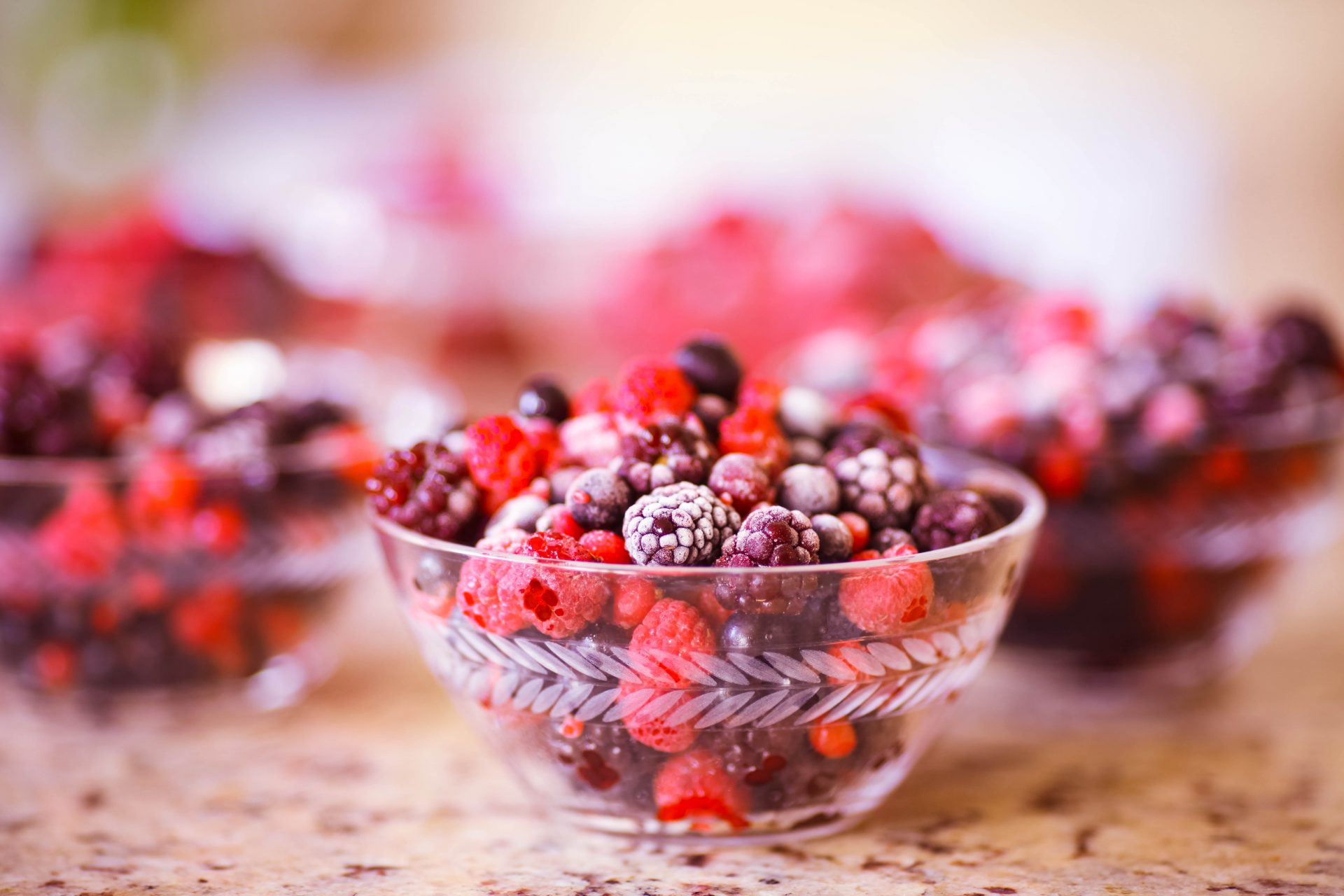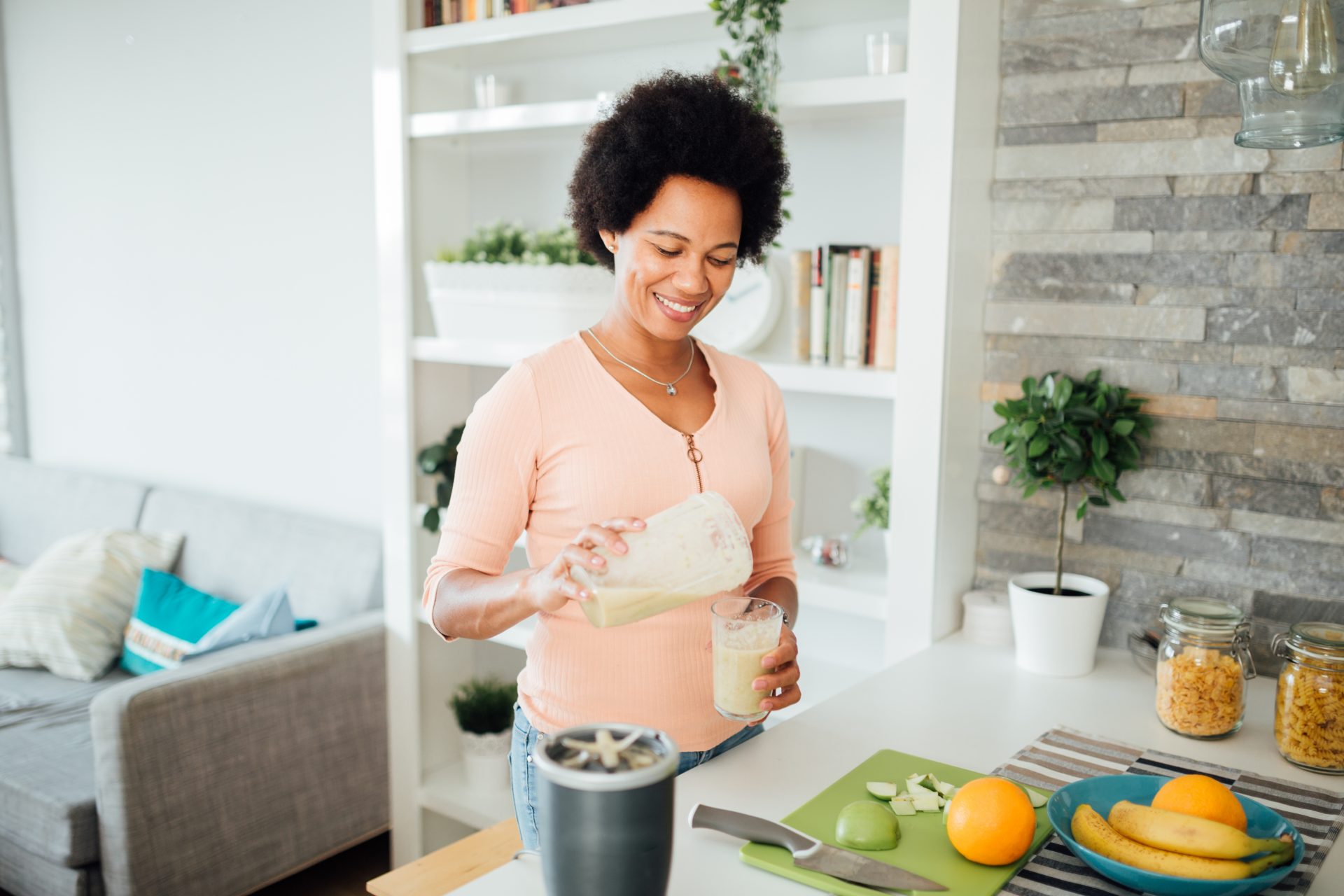Healthy eating doesn’t have to be expensive – here’s how to do it well
To many, “healthy eating” sounds both boring and expensive – but it doesn’t have to be that way. With a little nutritional know-how, you can save money while stocking up on all the nutrient-dense grub you need to thrive.
Take a look at the healthy-looking recipes in any weekend supplement or on Instagram and you might think that you need a dictionary and a big budget. Healthy eating, however, can and should be accessible to everyone.
What are the rules to follow if you want to eat healthily on a budget? Do you really need to spend more on your weekly groceries to meet your RDA of vitamins and minerals from food?
“People often assume that eating “healthy” means that they need to spend hours prepping food, spend huge amounts on imported superfoods or brands spotted in the trends section, opt for pre-made pre-orders juice detox diets or can only eat raw and simple unseasoned food,” says Cecilia Reygers, nutrition health coach at Z-Ora Nutrition. “This is a myth. Eating healthy can be done on a budget, and it can include exciting, delicious flavours, local, seasonal, healthy ingredients and an expansive list of recipes so that you will never bore!”
Nevertheless, healthy eating simply equally accessible to everyone. If you don’t live near a low-cost supermarket or you’re living in a household with people who prefer processed foods over homemade grub, then it might cost more or take longer to find healthy options. Things like stress, poor mental health and a lack of good quality sleep can also make healthy eating more challenging; a 2014 study concluded that insufficient sleep may lead to obesity it affects the part of our brains responsible for governing food desire.
Another study followed 748 Italian and French students undergoing academic stress. It found that the Italian studies increased their unhealthy food consumption when put under stress, with the reported emotion most associated with higher food consumption being “sadness”. If you want to make your diet more sustainably healthy, you’ve got to address those kinds of factors first.
You may also like
Healthy vegan batch recipes to make now and eat all week
Frozen versus fresh fruit and veg
One problem, Specialist Registered Dietitian Nichola Ludlam-Raine believes, is that “many people think that it’s just fresh fruit and vegetables that count towards your 5-a-day.” Eating tonnes of fresh produce can be expensive in the UK, unfortunately, but it’s not the only way to meet your nutritional quota. Frozen and tinned produce is often cheaper and just as good for you.
She’s not wrong; a study by the University of California compared the nutrients in eight different fresh and frozen fruit and veg, including corn, broccoli, spinach, carrots, peas, green beans, strawberries and blueberries. It found no difference between fresh and frozen. In fact, frozen corn, green beans and blueberries were found to have higher concentrations of vitamin C, while certain B vitamins were found to be higher in frozen broccoli compared with fresh.

The price of buying superfoods
Then, of course, you’ve got the question of superfoods. Instagram might have you believe that no smoothie is complete without a £35 “Super Green Blend”, but the truth is somewhat different.
Ludlam-Raine explains that social media is encouraging this idea that “we need to eat so-called ‘superfoods’ such as expensive powders or supplements to have a healthy diet, when in actual fact, there is no such thing as a superfood.” Arguably, the real “superfoods” are whole fruits and vegetables, nuts, legumes and pulses – the things that come ready-to-eat, packed with fibre and protein, vitamins and minerals. “The most important thing is that you’re eating a variety of whole foods within your diet, which can include tinned beans, lentils and pulses.”
Buying meat on a budget
But what about if you eat meat and fish? In generations past, both were considered a luxury – people had a roast dinner on a Sunday, ate leftovers on a Monday, stewed the bone for a soup on a Tuesday and had very little meat for the rest of the week. Today, it’s the cornerstone of many people’s diets, with processed foods like nuggets and hams often appearing cheaper than meat from butcher counters. So, what’s the solution?
Well, good quality meat and fish can be expensive but you don’t actually need to eat them to hit your protein quota. “Plant-based sources of protein are a great addition to the diet,” says Ludlam-Raine, citing beans, lentils and pulses, tofu, nuts, seeds, Quorn (mycoprotein)and other soy-based vegetarian alternatives as good options. Soy is a complete protein source, “meaning that you’re still going to be getting all the essential amino acids you require.” If you enjoy eating meat, why not choose a few meals during the week on which you’re going to spend more money – and save your meat or fish-eating for those occasions?
Interestingly, Ludlam-Raine doesn’t advise only ever going for whole food options – protein powders can play a useful role in healthy diets. She says that they can be a “convenient and relatively low-cost source of protein” that can be added to a morning smoothie or porridge.

“In my opinion, a plant-based diet is definitely the most cost-effective healthy diet but go and explore for yourself,” suggests Reyger. “You just need to make sure that your ‘healthy eating’ isn’t following the trends that often lead to expensive ingredients, supplements and imported items. It should be about keeping food fresh, home-cooked, seasonal and local; you don’t need to buy ingredients or superfoods from Asia and South America – you can find the same benefits in local, farm-grown ‘superfoods’ like berries, beetroot and kale! If you stick to these rules of thumb, you won’t be out of pocket.”
She points out that other “healthy” diets like keto require you to eat tonnes of cheese, fish, seafood, avocados and meat – all of which are expensive. While you probably could try to edge towards keto by filling up on green veg and nut butter, most of us would struggle to meet the requirements on a budget.
Eating out on a healthy budget
You’ve got two options: head to an expensive, organic, macrobiotic restaurant that only serves tiny “sharing” plates, or dine at a cheap and greasy cafe – right? “Definitely not,” says Ludlam-Raine. She says with a little planning, you can be more savvy with your choices. Veggie options tend to be cheaper than meaty ones while choosing to eat a pudding once you get home – rather than buying a dessert course out – can also save you money. By having your pud at home, you can also decide how healthy or decadent it is, maybe adding some fruit to whatever it is you’re having.
Healthy eating rules to follow
Life is about balance and arguably true health comes from having a little of what you fancy – whether that’s a weekly meal out, a fancy snack from Whole Foods or a pricey monthly meal subscription. These aside, however, it’s pretty simple to set your kitchen up to save money while promoting healthy habits.
- Meal prep when you can. You don’t have to be an experienced cook or have lots of time or money to eat well on a budget, says Reygers. Preparing your meals for the week will not only save you a lot of money but also help to limit cravings for processed snacks. The base for a delicious healthy buddha bowl, for example, is quick and cheap; all you have to do is cook up a load of beans and veg. Save time in the morning by preparing your breakfast the night before – with a Z-Ora overnight breakfast bowl or chia pudding, for example. “Plan ahead and establish a habit and trust me, your whole lifestyle will change.”
- Fill your cupboards with slow-release carbohydrates for energy, such as porridge oats, wholewheat pasta and rice to bulk out your meals. Ludlam-Raine says that “e shouldn’t fear carbohydrates – they are our body’s preferred source of fuel!”
- Stock up on tinned items such as tinned tomatoes and coconut milk which are great for making stews, soups and curries from scratch.
- Don’t be precious with your veg. Try out the “wonky veg” products which are just as nutritious but considerably cheaper than their regular counterparts.
- Go for frozen. “Consider buying a large bag of mixed frozen vegetables which can bulk out your meals, contribute towards your 5-a-day and can help to reduce food waste, too,” points out Ludlam-Raine. When buying tinned fruit, she suggests opting for those packed in juice rather than sugary syrup.
- Bulk up on beans, lentils and pulses for your protein, and if you do eat fish, try out tinned mackerel for your source of omega-3’s for the week.
- Don’t chuck the leftovers. There is no reason to throw away leftovers – be creative with them. Reygers recommends cooking a delicious soup out of your leftover oven veggies (and the unused peels too!), making vegetarian patties with leftover beans or lentils and quinoa, or making a nutritious buddha bowl with any leftovers and fresh leafy greens. “There are so many easy meals you can create while reducing food waste by using parts of the vegetables that normally go straight to the bin, such as the greens of the carrots for a delicious pesto, sautéed cauliflower leaves or the shell of cardamom pods for tea.”
We asked Ludlam-Raine for her hero healthy foods and she said that she always keeps the following in her kitchen:
- Oats: great for overnight oats, porridge, adding in smoothies or to use as a healthy coating for chicken/ fish.
- Tinned tomatoes: super cheap, great for making pasta sauce from scratch (without the added salt or sugar).
- Herbs and spices: mixed dried herbs or curry powders are a great way to add flavour to your dishes without adding salt.
- Potatoes: whether they’re regular or sweet, they’re a great source of fibre and energy (keep the skin on!).
- Eggs: perfect for a quick lunchtime omelette, they’re super versatile and a source of protein to keep you fuller for longer too.
Want some simple, nutritious and cheap recipes? Make sure you check out our meal ideas in the SWTC library.
Images: Getty
Source: Read Full Article
